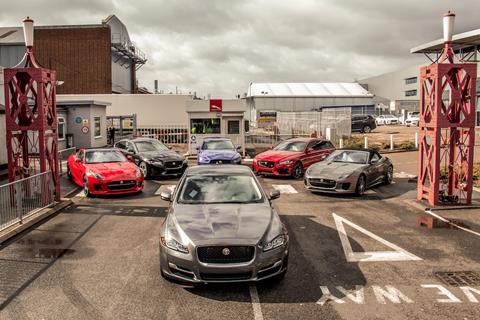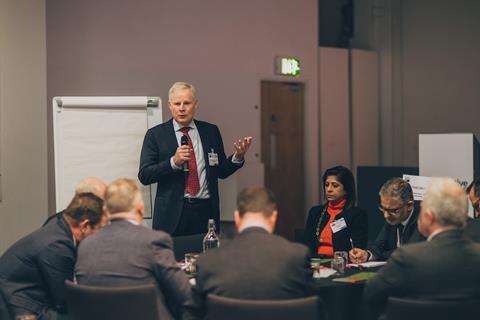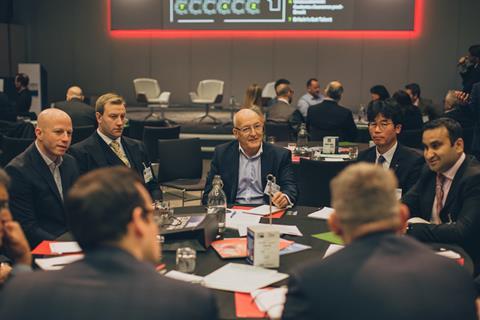Blowing the footprint at Castle Bromwich
Jaguar Land Rover’s Castle Bromwich plant in the UK Midlands was this year’s venue for the Automotive Logistics UK summit. Originally the site made fighter planes and bombers, a fitting location for an industry doing battle with economic and trade uncertainty, and a carmaker used to facing adversity with innovation
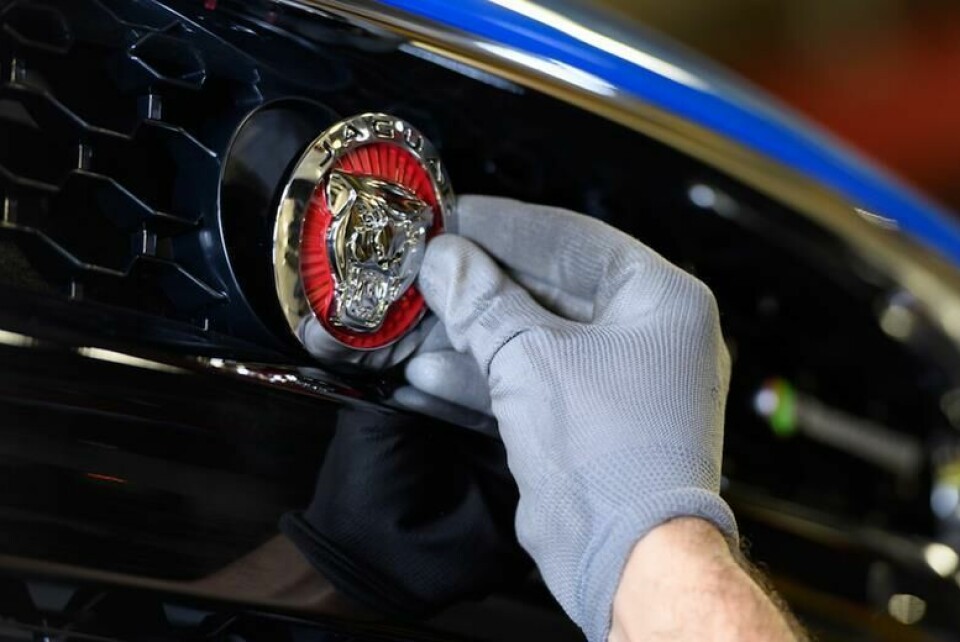
Jaguar Land Rover’s plant in Castle Bromwich in the UK Midlands is the last plant exclusively making Jaguar vehicles (though this is about to change). It faced closure in 2008 during the last economic downturn and halved its manufacturing footprint. Now, however, it is looking to expand again and triple production with the addition of new models, including an SUV and an electric vehicle, bringing production to seven models. That means having to overhaul manufacturing at the plant and the supporting supply chain, which brings with it production and logistics complexity. Delegates at last week’s Automotive Logistics UK summit, which was held at the Castle Bromwich plant, learned more about the radical changes underway there in the context of the many challenges facing the UK market.
JLR’s transformation of Castle Bromwich comes at a time when investment in the UK automotive sector is at an all-time low. Three and a half years of Brexit uncertainty and a slowing global economy has hit consumer confidence and made the banks a lot more cautious on lending. Car sales for the year-to-date are down 2.7% to 2.2m, according to SMMT figures. Investment in the UK car industry is at an all-time low.
The need for that investment also comes at a time when the car industry is going through an unprecedented upheaval in its DNA. Mobility as a service, the prospects of autonomous vehicles and the major shift to electrification are all factors that are having a seismic effect on the automotive industry around the world. Regulations, fines and incentives are in part driving the shift to electrification but without an adequate charging infrastructure and continued uncertainty by both the consumer and the tier suppliers on how the alternative propulsion market will develop, there is a disconnection between the cars being developed and the take up.
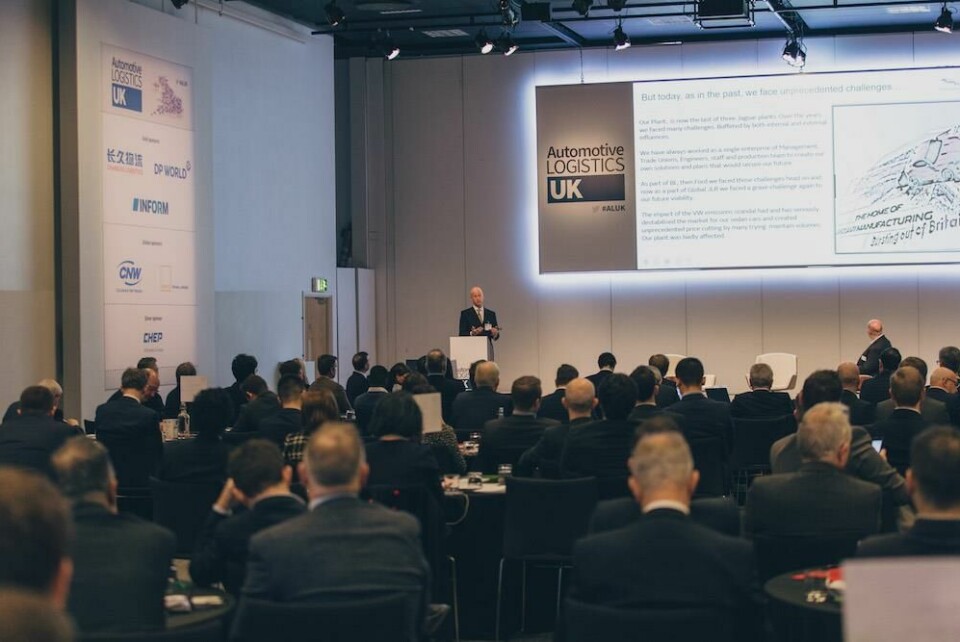
Artificial growth
Andrew Burn, partner at analyst firm KPMG, had some more depressing figures to share. He said the manufacturing increases recorded in March this year, which were down to stockpiling ahead of the initial Brexit date, were unlikely to be repeated, and were already down again in October, when the second Brexit date turned out to be another false alarm.
According to KPMG analysis, stockpiling artificially inflated growth at the start of the year but will have the opposite effect later on as inventories are drawn down and there is destocking in the second and third quarters.
“There is a question mark over whether people will spend a lot of time stockpiling next year when we have a third attempt at leaving,” said Burn. It was certainly not going to happen at JLR, according to Curtis Hilton, plant MP&L manager for the carmaker at Castle Bromwich.
“We have gone through a cyclical process to increase material to prepare for it and then reduced when it didn’t happen,” he noted. “After the last time we haven’t reduced it because we are using it as a cushion for the end of January or beyond, depending on what happens. That is cash, which isn’t ideal, but it is a cushion.
Burn pointed to the increase in the level of insolvencies in the UK in the first nine months of 2019, which stood at 1,225, already more than the entire number of business insolvencies seen in 2017, the first full year following the UK referendum. Last year the increase went up 11% to finish at 1,206. According to Burn the figures are point to more of a permanent situation for the economy.
“There are constant calls coming in to restructuring firms,” he said. “What is very clear is that people are getting nervous. There is uncertainty around Brexit and in the political environment, and as consumer confidence drops, it is having a significant impact.”
Destabilised by Dieselgate
Brexit uncertainty has compounded the blow to business JLR was dealt by the diesel emissions crisis that began when VW Group was found to be cheating on emissions testing in 2017.
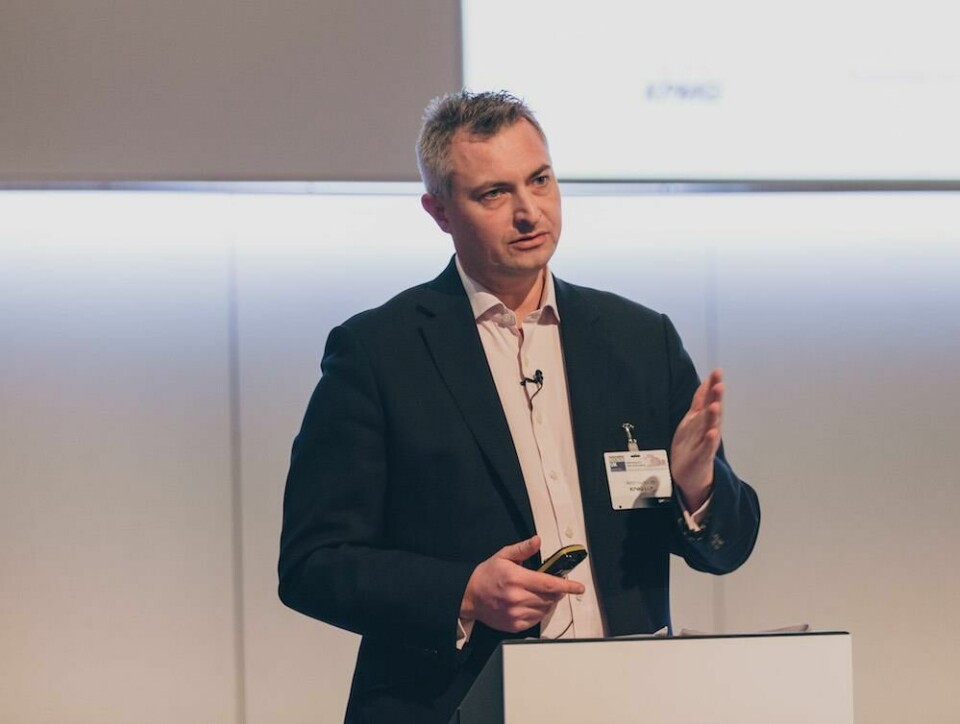
“The impact of VW emissions scandal has really destabilised the entire industry,” said Jamie Whitehead, operations director at JLR and someone with a long history at the company. “It has destabilised the industry because it has affected volumes and created uncertainty.”
The scandal led to the establishment of the Worldwide Harmonised Light Vehicle Test Procedure (WLTP), the hasty introduction of which caused enough of a headache for the carmakers and their logistics providers last year.
Whitehead explained that ‘Dieselgate’ led to a huge bidding war in terms of production cost and hit the company at exactly the wrong time as it strove to retain volumes while reducing the price of the high-end diesel cars it was producing.
“For us at Castle Bromwich it was very painful,” admitted Whitehead. “Painful as well because we are a growing company.”
JLR is a global business with installed annual production capacity in low-cost countries such as Slovakia and China for 300,000 units in each case. That compares to JLR in the UK, which has some of the highest paid assembly workers in the country, never mind globally.
“The viability of the company continuing to want to produce in this country is something that has been put in question here,” said Whitehead.
Opportunity in adversity
All that said, these are just the latest challenges facing a resilient operation at Castle Bromwich. Whitehead reminded delegates that Castle Bromwich was set up to be best car plant in the UK, adding that it continued to achieve results in the face of adversity. That included reducing costs of £600 on the Jaguar XE this year and reinvesting it in the quality detailing of the car. Strong logistics and supply chain planning underpinned the delivery of the 300hp F-Type to plan as it did the early delivery of the XF Sportbrake.
Whitehead explained that the Castle Bromwich team had been pushing ideas of what the plant could do to its commercial colleagues based on the team’s propensity to adapt complex processes to new products. What the company benefits from is that many of its production experts are also advanced logistics professionals. Those professionals are based at the design centres, the engineering centres, and are influencing design of the parts the company uses to maximise the cube of the packaging and trailer, and the flow of materials in the plant.
“We have a very complex and complicated logistics management system,” said Whitehead. “As soon as you want to do something alongside that you have to know what you are doing in the system to be able to use it to make different things. Otherwise it would be too difficult to do for a company of our size.”
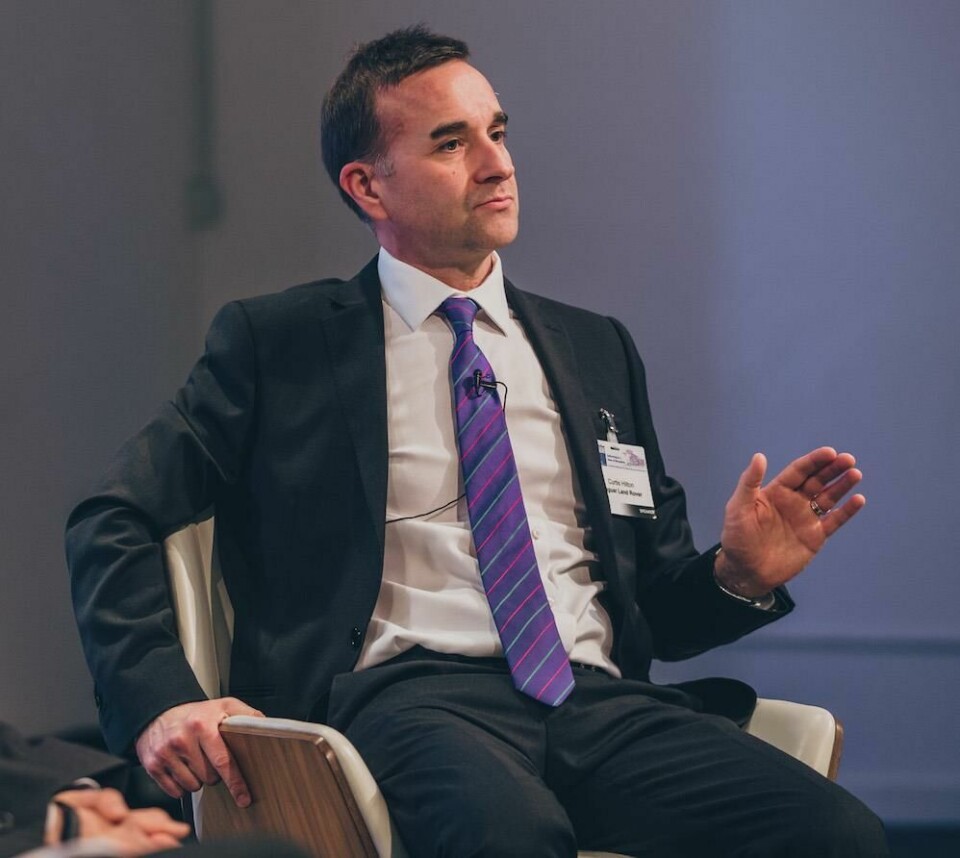
The plant certainly has plans to make different things, with at least seven vehicles on the cards in the long term. Three of those vehicles will be introduced on the same line over a 12-month period, including its a first duel brand production at the plant. That growth will give the plant the volume and scale it needs to drive efficiency. Hilton picked up on Whitehead’s point about complexity at Castle Bromwich:
“Every six months we will be launching a new car,” he said. “There are model facelifts on top of that and we are also talking about a fourth car on top of the three new cars. Think about seven or eight cars on a 650,000 sq.m plant and only about a tenth of that is for the logistics activity,” he continued.
That is leading to a level of production complexity that “blows the footprint of the facility”, according to Hilton.
To cope the carmaker is looking to increase the level of sequenced kitting it does. “Part of our activity is making sure we are kitting as much as we can at onsite and offsite facilities, within the perimeter of the plant,” said Hilton. “We are sequencing, kitting and making the trolleys ourselves.”
DHL is providing full inbound and in-plant logistics services, including for the handling of the lithium batteries the plant will soon be handling for EV production. Those batteries are 800kg and will be fed directly to the plant from an adjacent battery making facility.
“We have come up with an automated solution using conveyorized vehicles coming straight to the plant, to the fit point, so they are not touched,” explained Hilton.
Lifting the drains
On the outbound side of the business, JLR is looking at better stock profiling, something influenced by the trend toward SUVs and larger vehicles over the sedan market, which Castle Bromwich serves.
“It hasn’t been good for this plant and that is well documented so we started to challenge this and look at what we could do differently,” said Hilton. “The analogy we used was ‘lifting the drains’.”
JLR has been driving greater transparency into marketplace, using data on product output from the plants and comparing it to global stock. From there the company was able to drill down by model for each of the retailers.
“In this industry we don’t want lots of redundant stock in the marketplace that is idle,” said Whitehead, explaining that Jaguar’s material planning and logistics (MP&L) department had come up with tools to see stock down to the dealer level.
“We can tell you exactly which dealer has got what car anywhere in the world,” added Whitehead.
Hilton explained that that in some cases those dealers had ageing stock so it was a case of finding out why and ironing out the flaws in the ordering process.
“We started to challenge [the retailers] on the on getting rid of the older stock,” said Hilton. “In some cases the new product we were making had a variable profit. With the marketplace crowded with our old stock we were not quite getting traction. But now that age profile has started to come down.”
Hilton also said that orders were found to be lagging but once identified the company started fast tracking them, which reduced the lead time and satisfied the customer. Customer satisfaction was also improved through an enriched product offering that was pushed to the dealer. Getting the right stock meant better sales penetration.
“Our view was we should have four cars per dealership on a launch,” he said: “One in the showroom, one as a demo, one on the forecourt and one in transit. We started to push the launch stock profile. We have started to order more stock. For the F-Type in 2021 we will be ordering more launch stock to the tune of about 30% against the market.”
‘Lifting the drain’ was about challenging the lead time, assessing how long it took to order a car, and assessing the age profile of the existing stock. Ordering the right cars in the first place was a good move for JLR and was driven by the cross-silo thinking between manufacturing and sales.
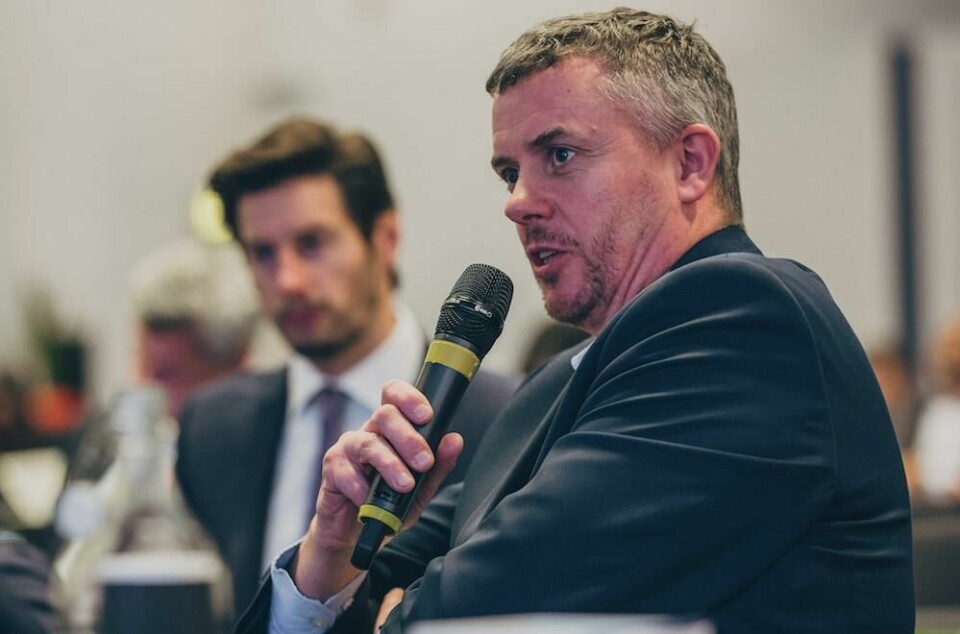
“Sales and marketing are approaching us about new product offerings,” said Hilton. “Now we can do a run of 200 for a specification on a particular product interior and exterior. We have circumnavigated some of our production processes for the final offering. It is a reciprocal relationship.”
Customers are now also able to check for their preferred specification across the franchise network, something they were unable to do previously. JLR has created an ordering environment where the customer can break through a pre-existing barrier to choice, and while it might be a competing franchise the customer can identify and select the car they want.
“It is simple little things like have improved the customer experience and have been constructive to outbound,” said Hilton.
Limited distribution
One other challenge on the outbound distribution side of the business is being felt by the industry as whole and that is to do with the fact that vehicles are getting bigger and heavier. That issue is compounded by growth in the number of EVs. Transport providers are compromised by the number of vehicles they can load, because of the weight, and compromised by the limitations on the charging infrastructure in place. That goes for both road and ocean transport.
“That is an area that we have had to address because on a [road-based] car carrier there are only certain places you can put an EV based on 2.8 tonnes weight,” explained Richard Marlow, logistics programme manager at JLR.
He said that while previously the problem of loading weight and distribution on the equipment had only been dealt with when shipping Range Rovers, it was now going to become more common.
“We are going to be hitting that for a significant amount of our vehicles, so that is going to be bringing some challenges to the outbound side,” said Marlow. “It is also adding cost in that, if you cannot get a mix of models on there (we have some legacy cars at Castle Bromwich so we can mix the models) you have to ask what is that adding on to the outbound distribution costs?”
Hilton added that bigger and heavier cars, including EVs, raised additional issues about lashing on the vessels to remain secure, something of particular risk when it comes to vehicles driven by lithium batteries.
“Those are elements that affect the plant and outbound distribution,” he said. “We have had to make some changes and investment, and have had to do some clever thinking as to how we manage all that.”
Luckily Castle Bromwich has the right people for the job and the dedication is seen across generations from the local community. That dedication is backed up with regular training for both staff working directly for the carmaker and its main logistics provider DHL, especially in the handling of lithium-ion batteries.
“We have to recruit the right people with the right skill sets,” said Hilton, “and we will probably be doubling our headcount over the next 12-18 months.”
